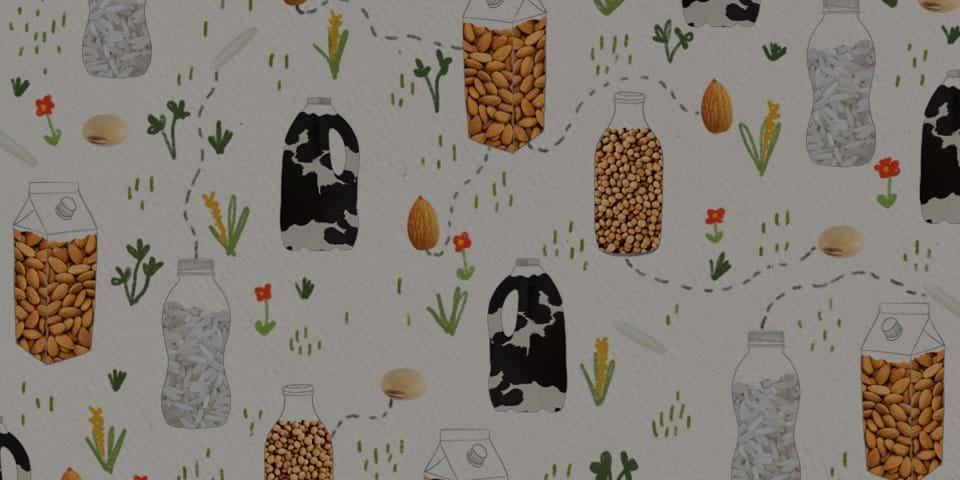Tea is the most consumed beverage in the world. It’s also probably the oldest, said to have been first harvested in 2700 BC in China. Tea is a much-loved drink not only for its wide variety of flavors, but also for its health properties. Green tea in particular is prized for giving us a health boost. So what’s the deal with tea and nutrition?
Many people don’t realize that green, black, oolong and white tea all come from the same plant: Camelia Sinensis. The differences in flavor and intensity are created by different types of processing. Green tea’s leaves are lightly steamed before being dried, while black tea is fermented – exposed to air so its flavors and colors intensify. Oolong tea is somewhere in between.
Different brands of tea have distinctive flavors due to the work of tea masters who oversee the process and blend. And although we often assume green tea is the healthiest, black and oolong teas also have beneficial properties.
Studies have found black tea intake is associated with decreased incidence of heart attack; green tea is associated with lower total cholesterol, LDL and triglycerides, and higher HDL ("good" cholesterol) levels.
It’s also been suggested that green tea may prevent cancer due to its antioxidant content. As with many plants, tea contains compounds known as catechins, which have been associated with fighting cancer. The evidence remains inconclusive on this, however.
It’s the same with links between weight loss and tea. Excitement about green tea’s ability to speed up fat metabolism has fueled a rash of “green tea extract” supplements, although right now the evidence doesn’t support this. We’re unlikely to lose weight simply by drinking green tea – make the switch from drinking sugary drinks to plain unsweetened tea, though, and you could well see a difference.
There is some interesting evidence showing that regular tea drinkers lose fewer teeth. This could be down to fluoride, both in the water and in tea itself. There’s also an association between tea consumption and a lowered risk of osteoporosis.
It pays to note that any potential benefits in tea – green or black – don’t apply to so-called iced teas. Commercial bottled iced teas – unless they're the brewed, unsweetened types such as those found in Japan – are really just sweet soft drinks. Some have similar sugar content to sodas and juices. Most have very little actual tea in them.
Herbal teas are a different thing again – they’re not made from Camelia Sinensis, so although they may have their own benefits from the herbs they contain, we can’t assume tea’s other benefits.
The caffeine in tea is also worth keeping in mind. Tea has about half the caffeine of coffee. Green tea, contrary to popular belief, still contains caffeine, although it is less again. The caffeine in tea depends on the type and how long it’s been brewed, among other things, but it would be likely to take near-constant tea drinking before you consumed enough caffeine to suffer any serious ill effect.
Possibly more important is tea’s ability to inhibit our absorption of iron. Those catechins that offer such goodness also have a downside – along with the tannins in tea, they can stop us absorbing iron from our food, particularly when consumed at mealtimes, and particularly from the iron that’s found in plant foods (known as non-heme iron; heme iron is found in animal foods, especially red meat).
This can be overcome though. Experts advise not having tea with meals and saving it instead for in between meal times (wait at least half an hour after eating). We can increase the potential absorption of the iron in our meals by including vitamin C – citrus fruits and colorful vegetables will help (a good idea anyway, as we know).
Overall, tea drinking – whether it’s green, black or in between – is a good way to hydrate, especially when you take it without sugar. And it’s got some potentially useful health benefits. Add milk and you’ll get the same benefits plus some extra nutrients from the dairy. So a regular cuppa is a healthy habit.

Niki Bezzant is a New Zealand-based food writer, editor and commentator. She is the founding editor (now editor-at-large) of Healthy Food Guide magazine, and is currently president of Food Writers New Zealand and a proud ambassador for the Garden to Table program which helps children learn how to grow, cook and share food. She is a member of the Council of Directors for the True Health Initiative, a global coalition of health professionals dedicated to sharing a science-based message of what we know for sure about lifestyle and health.
Illustration by Anieszka Banks.
If you want more health and fitness inspiration simply sign up to Fit Planet and get the freshest insights and advice straight to your inbox.








